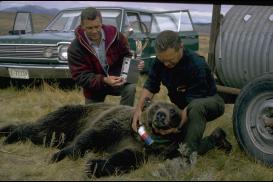The rise of the sciences of biodiversity in the late twentieth century was closely tied to the collection, organization, and dissemination of biological and ecological data. Endangered species, for example, were the subject of intensive research efforts aimed at documenting life histories and population dynamics. The results of this research were fed into the databases of international organizations, such as the International Union for the Conservation of Nature, and national agencies, such as the U.S. Fish and Wildlife Service and National Marine Fisheries Service. On the basis of these data and their interpretation by experts, nongovernmental organizations, and government agencies together shaped the future paths of both conservation and conservation biology—that is, of what was to be protected and what could be known about it. In the scientific realm, the designation of certain species as endangered with extinction had transformative effects, incentivizing research on those species while also placing new constraints on the methods that could be used to pursue them. Since the designation of the great whales as endangered in the 1970s and 1980s, for example, they have been subject to an enormous amount of research, which has come under intense public and regulatory scrutiny in both its methods and its conclusions.
This project examined the intersection of science, ethics, and law in biodiversity research since the 1960s. It used archival research methods as well as the quantification and mapping of research activities as reflected in regulatory documents to show how biodiversity conservation, regulatory governance, and the databases upon which they depended and to which they gave rise helped determine what can be known about the natural world.

